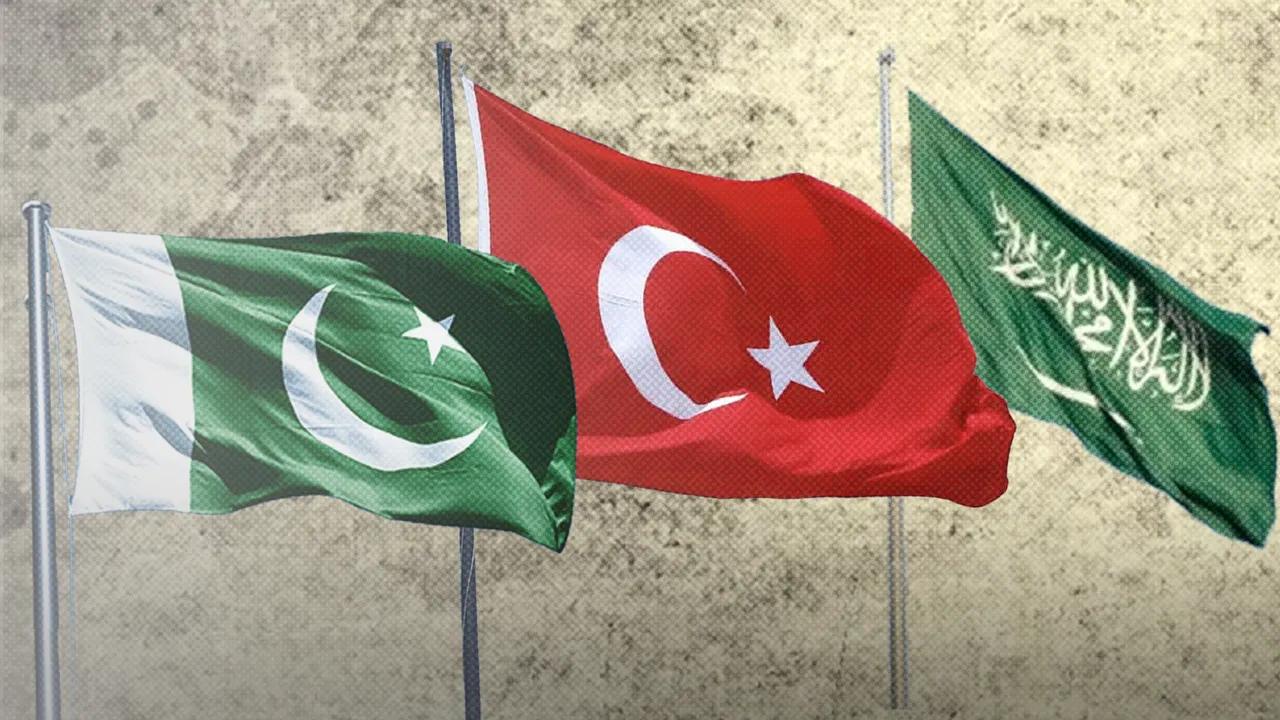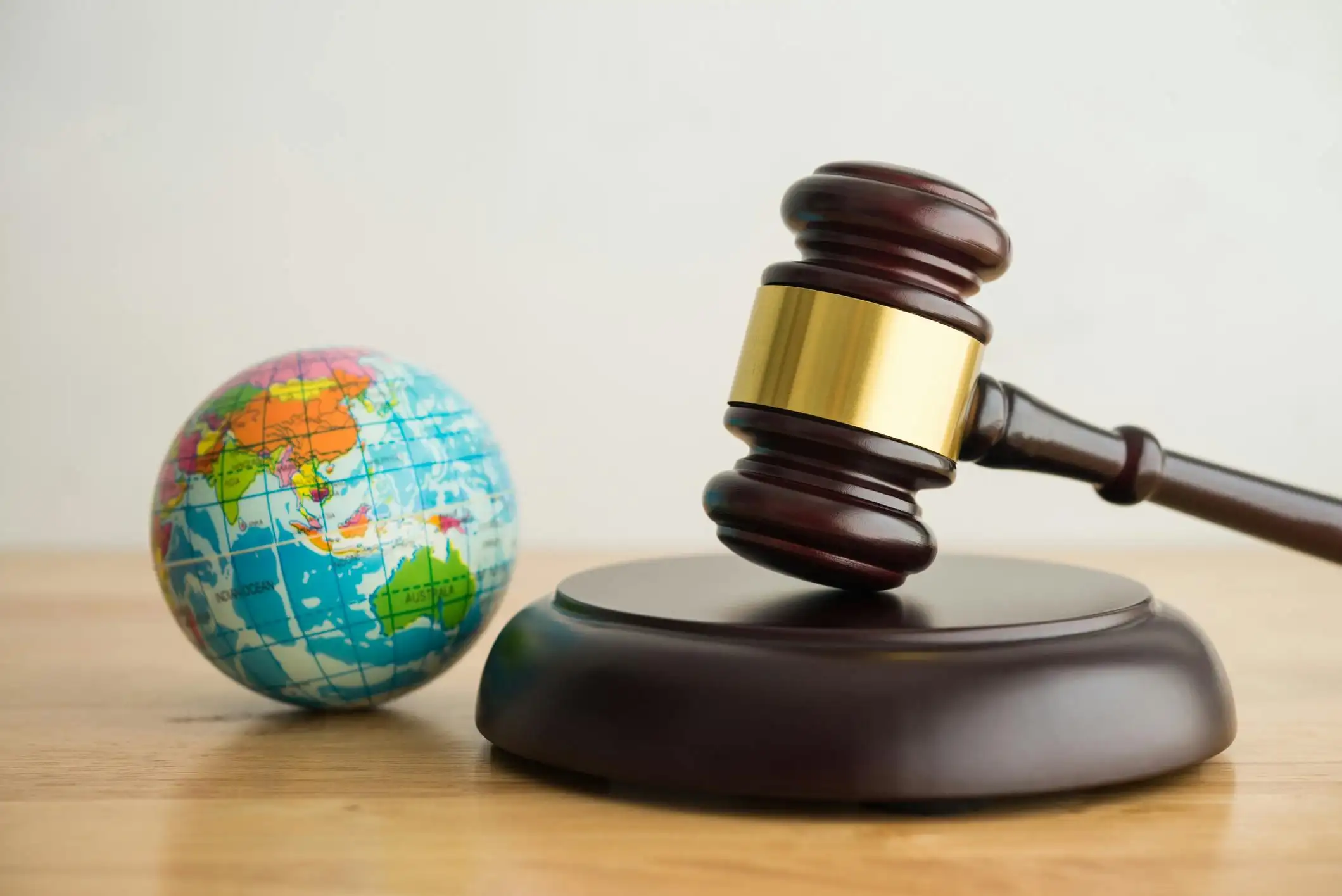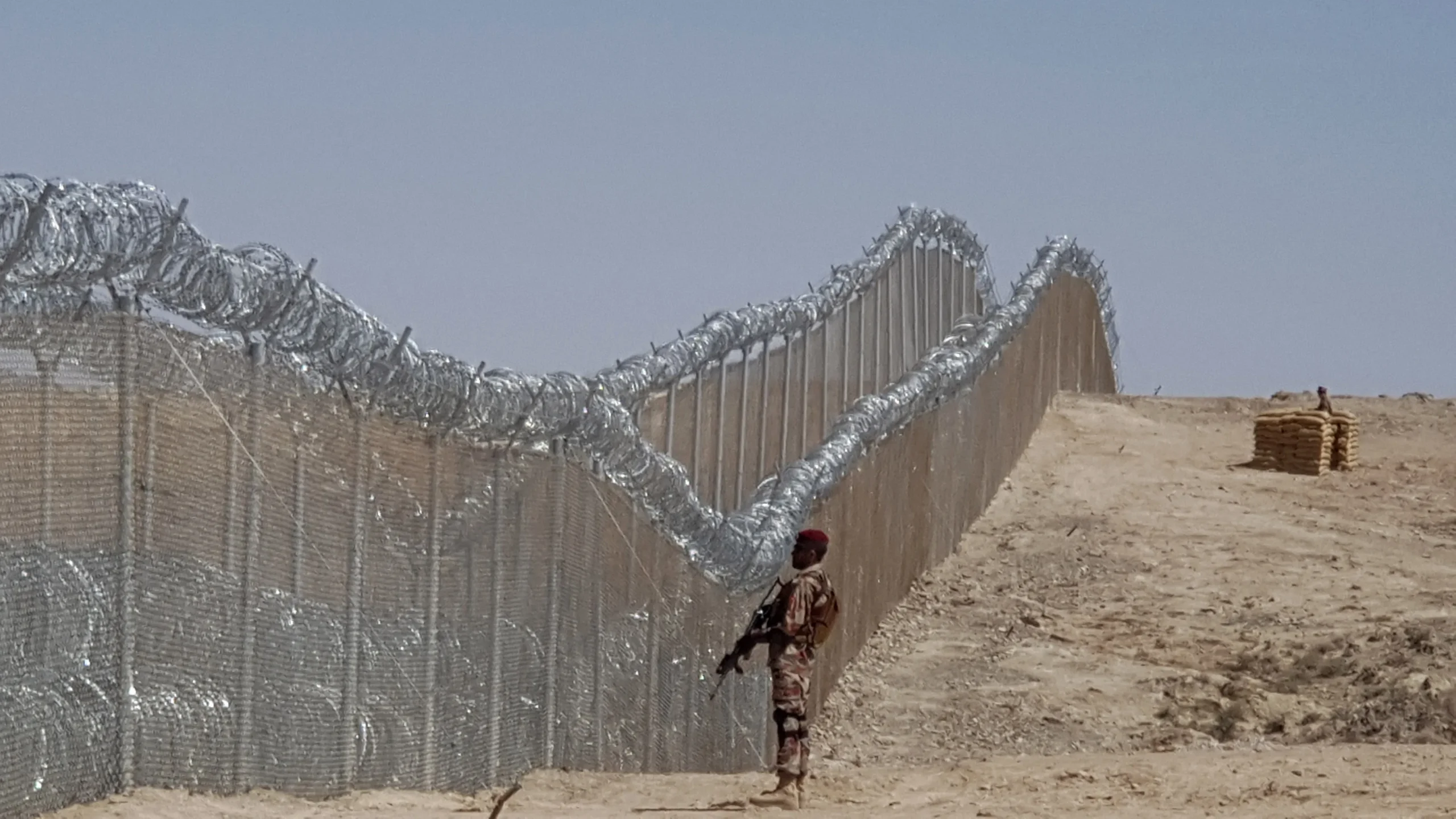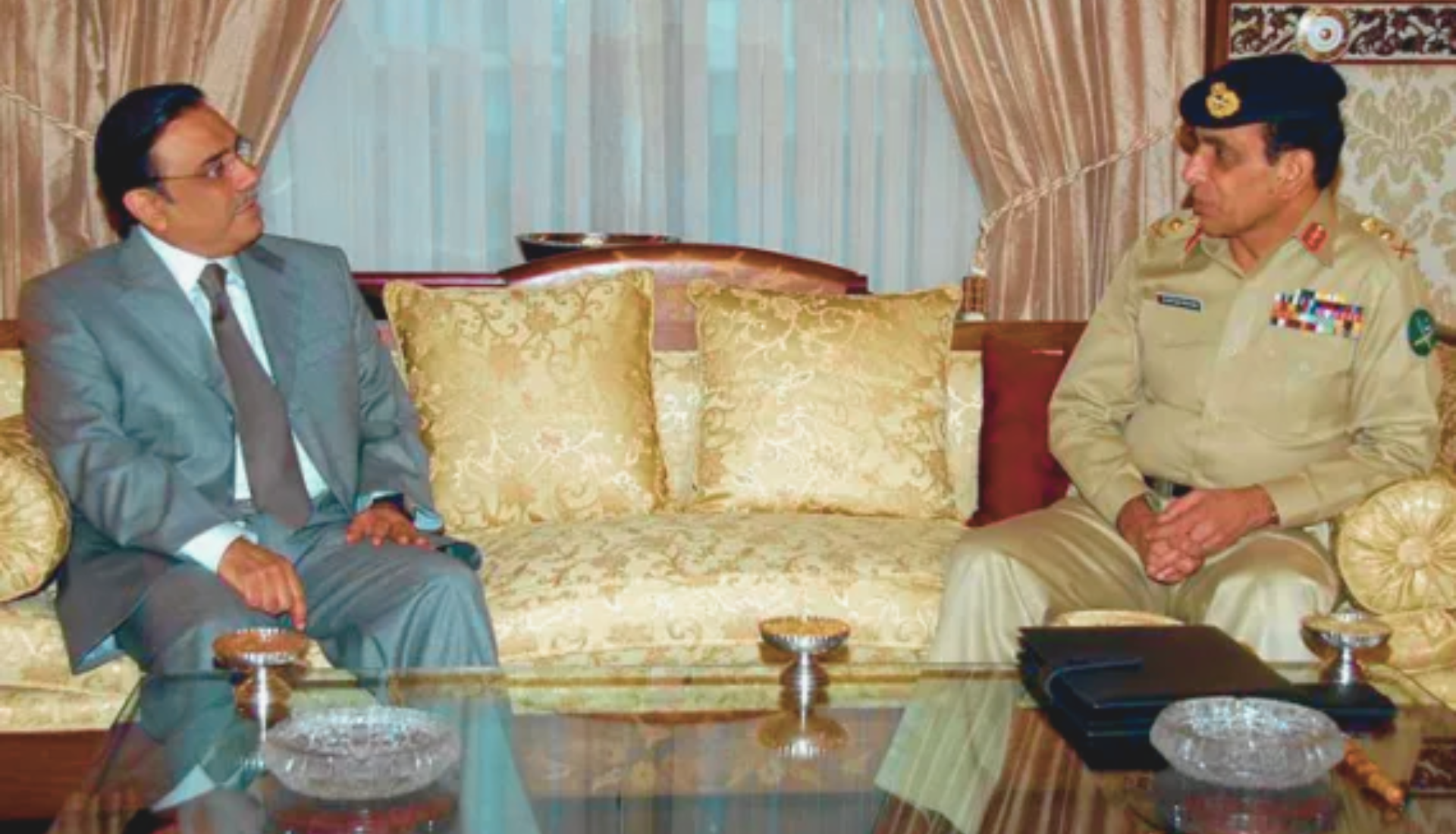“I am increasingly inclined to think that there should be some regulatory oversight, maybe at the national and international level, just to make sure that we don’t do something very foolish. I mean with artificial intelligence we’re summoning the demon.”
Elon Musk at MIT’s Aero Astro Centennial Symposium
Overview
Artificial Intelligence (AI) has attained a significant space in the context of national security (NatSec) across the globe. Advancements in AI and robotics are enabling new military capabilities that will have a disruptive impact on military strategies. The effect of these capabilities will be felt in the fields of Intelligence, Surveillance and Reconnaissance (ISR), offensive and defensive balance, and even on the employment of strategic weapon systems. AI has also increased the speed of warfare and the entire milieu is challenging the effectiveness of conventional military practices in future backgrounds.
Artificial Intelligence (AI)
“If the government regulates against the use of drones or stem cells or artificial intelligence, all that means is that the work and the research leave the borders of that country and go someplace else.”
Peter Diamandis
The concept of “Artificial Intelligence” was first proposed in 1956. Its development has been going through more than half a century and can be divided into three stages of development. Traditional artificial intelligence technology is difficult to realize the similar learning and research capabilities of human beings because artificial intelligence is extremely complex and cumbersome. With the progress of big data, the support of massive data and the ability to process data have promoted the generation and advance of artificial intelligence.
Image Source: Towards Data Science
Distinctive by emerging technology breakthroughs primarily in the areas of Artificial Intelligence (AI), Robotics, 5G Broadband, 3D printing, Autonomous Vehicles, Cloud Computing, Blockchain like Distributed Ledgers Technology, Biotechnology, Precision Medicine, and Augmented Reality. It’s safe to say that we are currently standing at the brink of the 4th technological revolution which is will be AI-based and a high probability lies with China to take a lead role in this race to dominate.
Economic Indicators
“Pakistan needs to be well placed for this great revolution knocking on our doorsteps. Rather than be a consumer that makes us totally dependent, we must become a player and manufacturer of the new systems ensuring phenomenal economic dividends.”
President Arif Alvi
Pakistan has been taking tangible decisions in the right direction in terms of being placed at the right place. Most engineering students in computer science departments are opting for specialization in AI foreseeing the coming wave. Complementing this field is also the area of Big Data where data scientists are creating complex algorithms via which high-speed large amounts of data can be crunched into useful information. Presidential Initiative for Artificial Intelligence & Computing (PIAIC) is among the initiatives commenced under the auspices of the incumbent government to facilitate the youth to utilize this opportunity with maximum potential.
Image Source: PIAIC
The economic footprint of this emerging revolution is enormous. Augmented reality alone currently valued at $2 billion has the potential to grow to $200 billion in two years. According to Gartner Inc, in 2020 AI will create 2.3 million jobs. The global business value derived from AI will increase from $692 billion in 2017 to $1.2 trillion in 2018, and it has been predicted to reach $3.9 trillion by 2022. Out of this huge chunk, the Pakistani diaspora in Silicon Valley believes that if we make the right decisions, Pakistani software exports may even reach $30 billion by 2023. Optimistic it may be, but we should accept this challenge as it does not require brick and mortar investment but only the intellectual up-gradation of our educated youth.
Intelligence, Surveillance & Reconnaissance (ISR)
“…US Secretary of State Mike Pompeo and leading American officials have warned their allies that United States would stop sharing intelligence if they use Huawei and other Chinese technology to build the core of their fifth-generation, or 5G, networks. The networks promise not only faster cellular service, but also the connection of billions of “internet of things” devices — such as autonomous cars, security cameras, and industrial equipment — to a new internet architecture.”
Cecilia Kang and David E. Sanger
In future military conflicts, the norm of engagement will be to act rapidly. The military architectures of tomorrow will consist of a new array of sea, ground, and space-based sensors, unmanned combat aerial vehicles (UCAV), and missile defence technologies. These will take advantage of directed energy weapons (DEWs). Military forces will be both faster and more agile. Opponents will take advantage by operating faster than a defender can observe, orient, decide how to respond, and act on that decision. The attacker will thus place himself inside the defender Observe, Orient, Decide and Act (OODA) loop, destroying an adversary’s ability to conduct an active defence. To execute the OODA process faster than the enemy is at the core concept of future digital and information warfare.
Automated systems, assisted by artificial intelligence in some form or the other, maybe a way out for this problem. The advances gained in the field of artificial intelligence technology have a utility in unmanned systems. This can enable the assessment of operational and tactical situations and decide appropriate action. Information will drive the success of command and control. These systems will collect data, have the ability to analyze data, and provide recommendations to the commander. The difference between providing a recommendation and acting on a recommendation may be only a software twist.
Computers can already scan thousands of surveillance photos, looking for patterns that a human eye would never see. It doesn\’t take much imagination to envision a more advanced system taking in drone feeds, satellite data, and even social media posts to develop a complete picture of an adversary\’s weapons and defenses.
A system that can be everywhere and see everything might convince an adversary that it is vulnerable to a disarming first strike. That adversary would scramble to find new ways to level the playing field again, by whatever means necessary. That road leads closer to nuclear war.
Pakistan Armed Forces and Artificial Intelligence (AI)
“Whoever becomes the leader in artificial intelligence will become the ruler of the world.”
Defense forces across the globe are embedding AI into weapons and other systems used on land, naval, airborne, and space platforms. Using AI in systems based on these platforms is paving way for the development of efficient warfare systems, which rely very little on human input. It has also led to increased synergy and enhanced performance of warfare systems while requiring less maintenance. AI will also empower autonomous and high-speed weapons to carry out collaborative attacks.
Image Source: Modern War Institute, USMA
As concerns Pakistan Armed Forces and AI, it is imperative to maintain pace with the current wave of technology. C&IT branch and C4I directorate should take lead in the development of AI-based systems synergetic with China’s technology. Regardless of the US pressure to isolate China in the 5G sphere, Pakistan should ally with its most reliable partner.
- The latest AI framework can upgrade military systems, often vulnerable to cyber-attacks, to create an impregnable firewall.
- Integrating AI with military transportation can lower transportation costs and reduce human operational efforts. It also enables military fleets to easily detect anomalies and quickly predict component failures.
- VR tech with haptics suits can utilize AI learning and target allocation/recognition software to train soldiers in a completely virtual environment vis-à-vis gauge performance parameters through mission completion reports.
- In war zones, medical transports can integrate AI to assist RMO/Medics with battlefield treatment while collecting, assessing, and communicating medical status reports through a backchannel.
- Unmanned aerial vehicles (UAVs) or drones with integrated AI can patrol border areas, identify potential threats, and transmit information about these threats to response teams. This will significantly strengthen the security of military bases, as well as increase the safety and efficacy of military personnel in battle or at remote locations.
- AI can assist in culling and aggregating information from different datasets, as well as acquiring and sum supersets of information from various sources. This advanced analysis enables the military personnel to then recognize patterns and derive correlations.
Hybrid Warfare: Pakistan Armed Forces and Artificial Intelligence
“Converse is rather more true. A segment of society exposed to the international narrative has such a buy-in of that narrative that any news against military, no matter how incredible & fictitious, would be uncritically accepted. Don’t know what’s more alarming, ability of masses or inability of elite?”
Maj Gen Asif Ghafoor (DG ISPR)
5GW has confronted many nations of the world, including Pakistan with an evolving strategic paradigm. Some of the affected nations could also be waging a fight against terrorists. But they must first confront this most potent and real threat of terrorism. The war on terrorism, in itself, manifests unprecedented advancements in the dimensions of conflict. It is a new type of war, where the enemy is an undefined entity. This new type of war is a war of ideas, without any borders.
War is a social institution that evolves along with changes in societies, political entities, and technologies. If a nation is to maintain its security, it must look beyond the war on terror and prepare for the ascension of 5GW. This kind of unrestricted warfare demands totally new thinking and approach, different from the perspective of military preparedness for past wars and embracing the perspective of national preparedness for the evolving spectrum of future forms of conflicts.
Image Source: Gov Tech
With the exponential growth in fake news, an AI framework that oversees potential threats would be of great help. It can help counter the divisive and harmful threat posed by 5GW. This is the need of the hour as we step into the 5G waters of large volumes of data. All this big data is travelling across the globe with the remarkable speed with just the touch of a finger.
Conclusion
ISR Intelligence, Surveillance, and Reconnaissance are the key elements of battlefield management. Over time the battlefield scenario has undergone dramatic change and so as the means of identification, surveillance, and reconnaissance. Advancement in technology in many spheres has offered sensors with high sensitivity, small sizes, and better visibility. AI has contributed significantly in this regard in terms of ground, aerial, space, and underwater ISR capabilities.
It is a moment of now or never to enter into the competition well-prepared, and technologically equipped. This is the only way to sail the new wave of AI revolution heading towards the world.
The views expressed in this article are the author’s own. They do not necessarily reflect the editorial policy of the South Asia Times.





